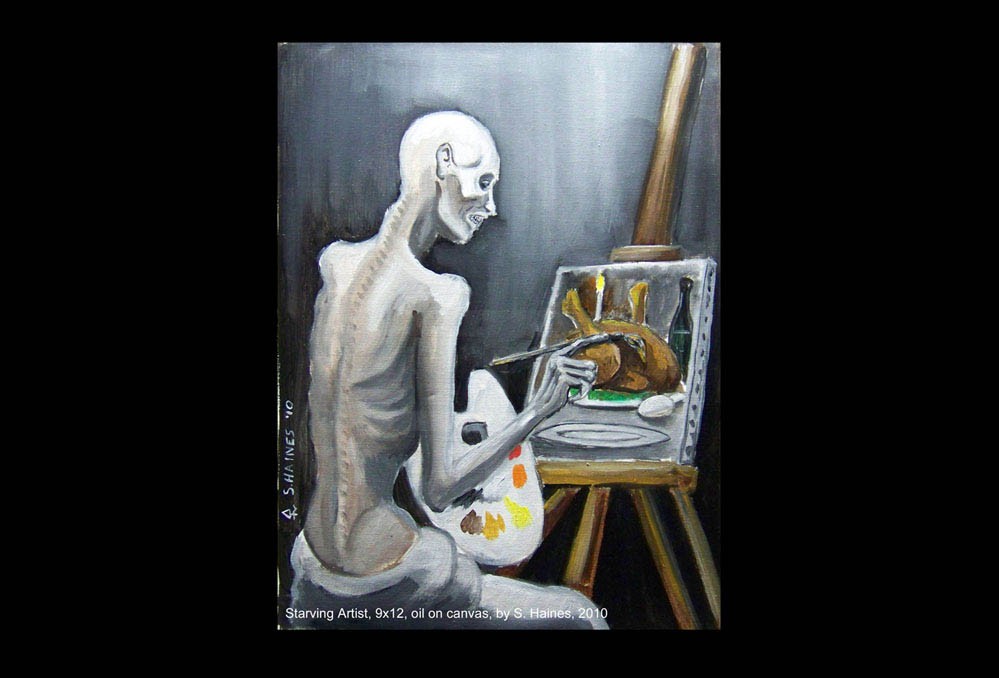
The scope of artist funds should be extended. They should not be used only as a last resort to hold the hand of the drowning, but also for the promotion and sponsorship of what artistes are creating

It has now become a common occurrence that whenever a new government, a new setup or a new minister takes over the news is flashed across the media that the person or the new set-up, being very considerate of the artistes’ welfare is planning to alleviate their hardships by initiating a welfare programme. The same announcement was made recently and without deviating from the script it was announced that the ailing and those without work will be compensated.
The way it is to be done is always left to the imagination. It falls to the experienced hands of the bureaucracy to do the needful according to practices already extant. In the end it seems to be a continuation of a practice where faults are already identified but are repeated time and again.
Such announcements have been made by everyone, from the mightiest and highest in the land: presidents, prime ministers, chief ministers of most provinces as well as concerned ministers, both federal and provincial, but still leaving ample space for the next government and its coterie to mouth and repeat the same.
So often the plight of the artiste is highlighted to such an extent that it starts to appear as if his poverty is being displayed to the public at large for its dividends to be cashed. There is a certain vulgarity in the manner in which the destitution of the artist is flashed, reducing him to indignity. The state should devise a mechanism where help should be extended without propaganda around the ‘great achievement’ of those at the helm of affairs.
It should be done silently without it being seen as dole or charity, rather as a right of the artistes who have contributed so much to society without thinking like any ordinary mortal about their own future.
In the past, too, but now with the pervasiveness of the media with its visual impact, such moving images of plight and abjectness are fully on display. The cameras are taking to something dying, or about to die or in a state of advance decay, this sight itself becomes a loss of the person’s dignity. The media has been advised to keep its restraint but it has been seldom followed, for the usual mantra is: the more horrifying the greater the response. The end is a display of great degradation.
One knows for sure that the national, provincial and divisional arts councils too have their quota of funds for the said purpose. Similarly, organizations like the Lok Virsa Academy of Letters, Television and Radio etc also make some allocations towards this end.
Similarly many other bodies working under quasi-governmental control too have certain funds set aside for welfare activities. All this is supposed to reflect the government’s concern for artistes. Too many departments, too few allocations, the figures just whittle down to nothing. Perhaps there should be a more coordinated if not a more centralized system for it to be effective.
Usually artistes most in need of help are those who have been associated with an art that is dying. There may be an instrument or a vocal form that is no longer popular or a big draw but the artiste has done great creative deeds in it in his prime. Now those artistes are languishing for lack of opportunities and are waiting for some kindred soul to invite them to perform. It is very clear that many of the forms and instruments need to be preserved and saved for they represent so much that is essential to our culture.
Despite all the hype of the revival of cinema the number of films released are still in single digit compared to a time when more than a hundred ruled the box office. All those associated with the industry over the decades have been sitting idle, wanting to make themselves useful. With big government buildings being transformed into museums, galleries and other sites for public use, it is about time that like crafts and artifacts, the forms of intangible expression too are preserved with a possibility that these might prove to be inspirational platforms for the flowering of the particularities of our expression. With globalization and technological input the various cultures round the world are seeming to sound and look alike, not a good sign for those that find enrichment in diversity and poverty in similarity. More thought should go into the making of these physical spaces into living organisms where the traditional and classical forms of expression should not only become museum pieces but sources for creativity and inspiration.
So, the scope of this fund should also be extended, not only for welfare, as a last resort to hold the hand of the drowning, but also for the promotion and sponsorship of what the artistes are creating.
If it is done to assist them in their work, the possibility is that it will be able to look after them, as well being able to make a living or raising the required level of pubic support. Recording of musical numbers, publication of books, holding of exhibitions and staging of plays can be the promotional side that can be strengthened and looked into. It will inspire the artiste to create more if he knows that there is a mechanism in place to take his creative expression to the people.
Without rushing into the conversion of spaces to make political capital greater, consideration should go into the proper utilization of these huge infrastructures. If a decision has been taken it should not be undermined by haste and thoughtlessness. There should be something more to it than people visiting lawns every weekend.